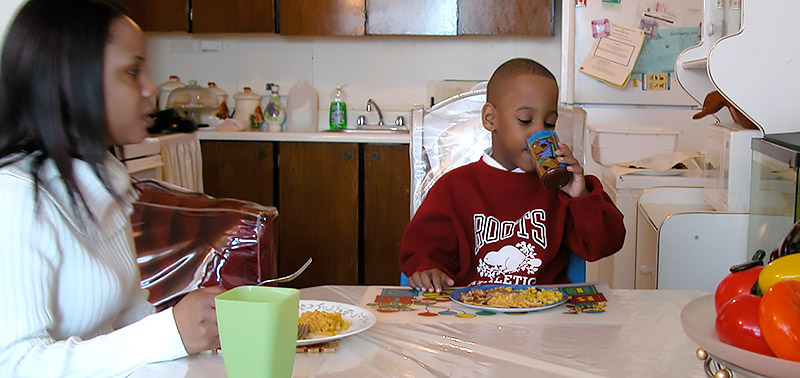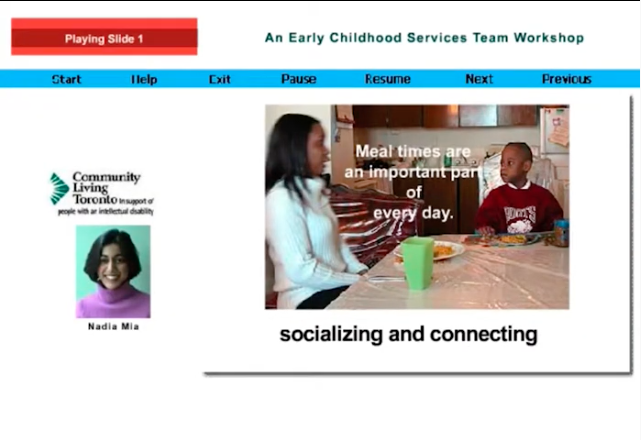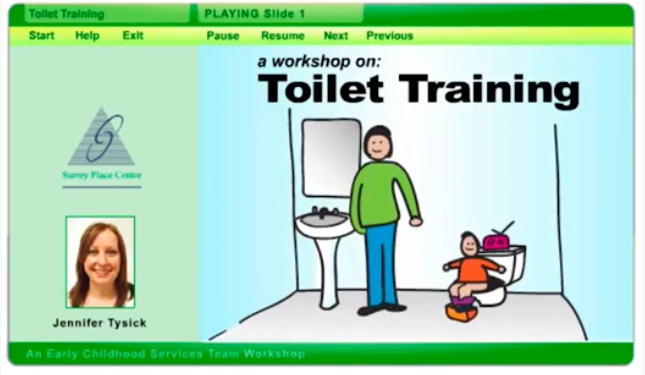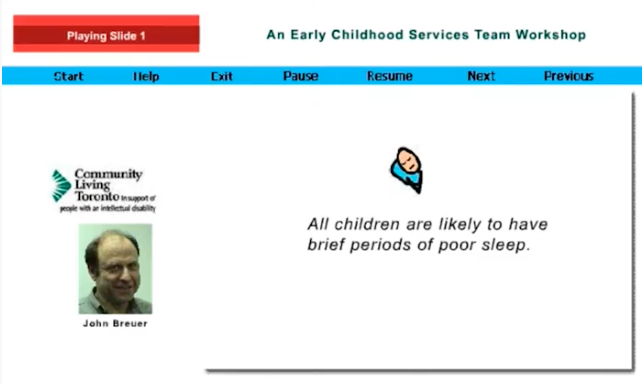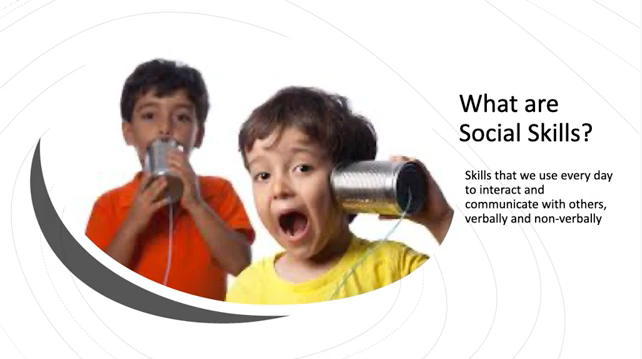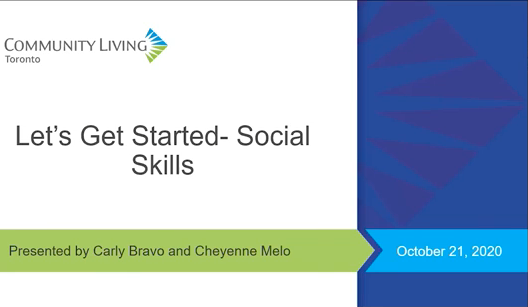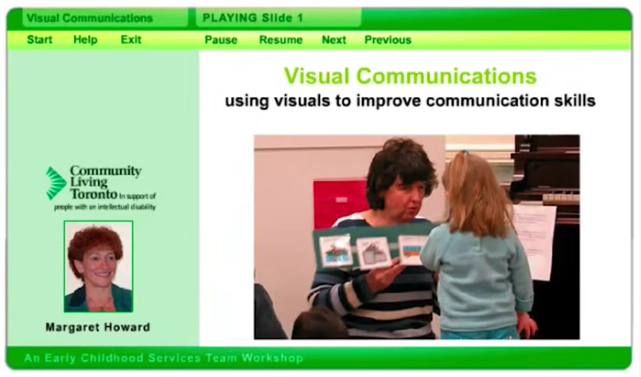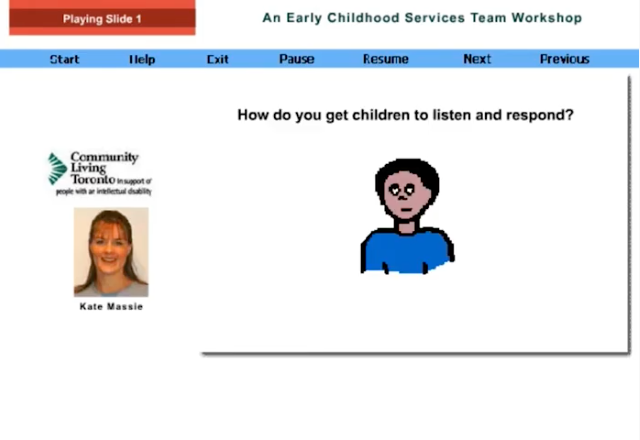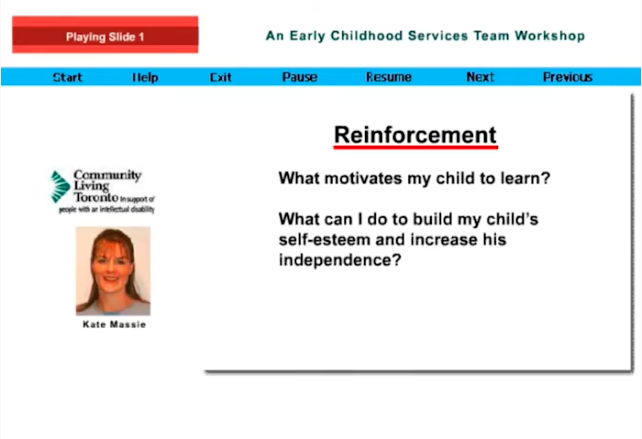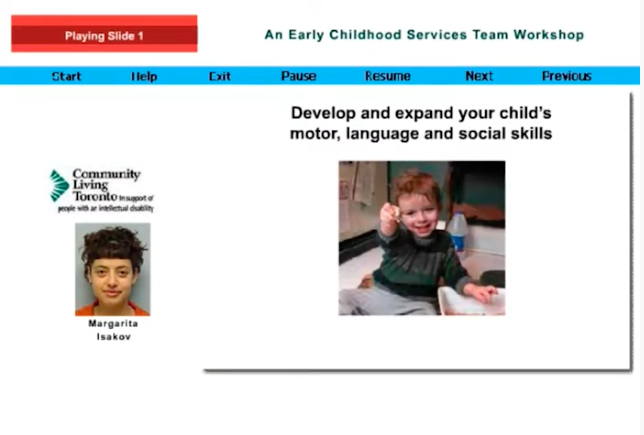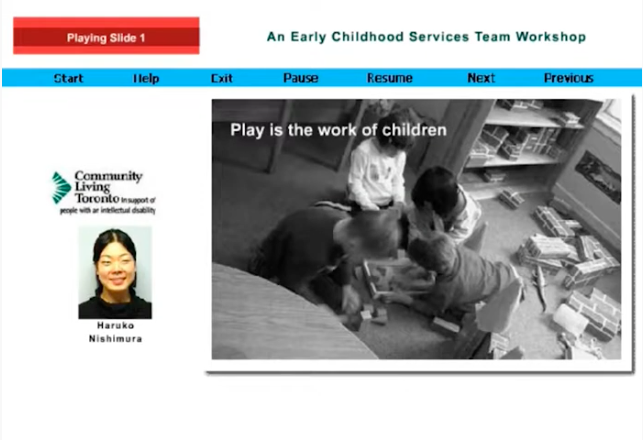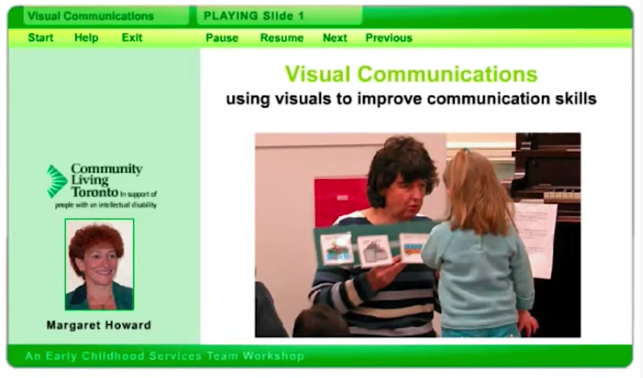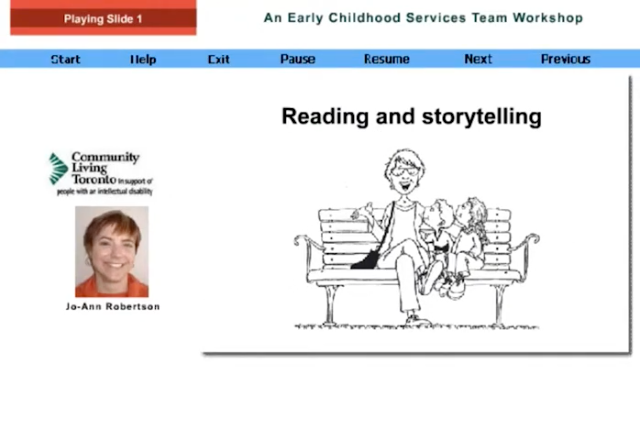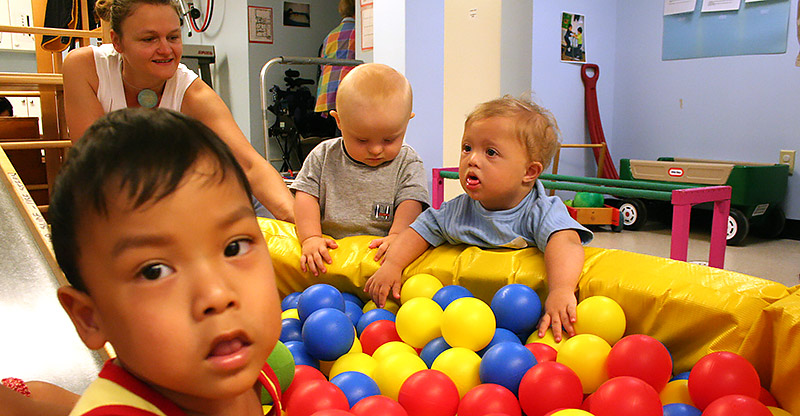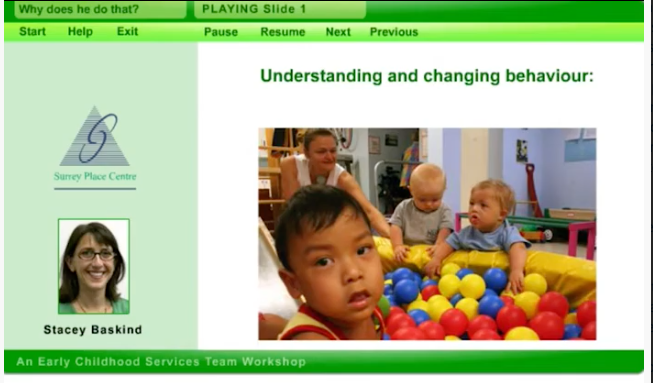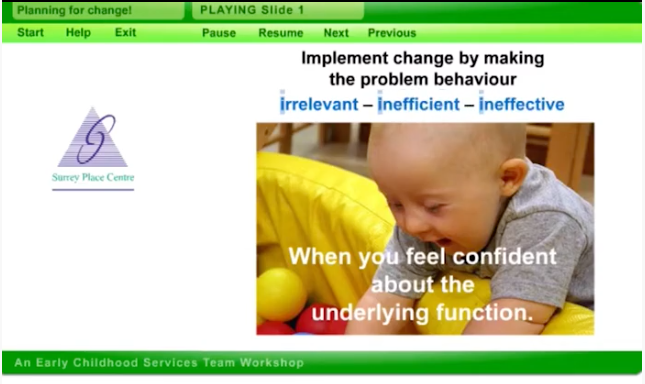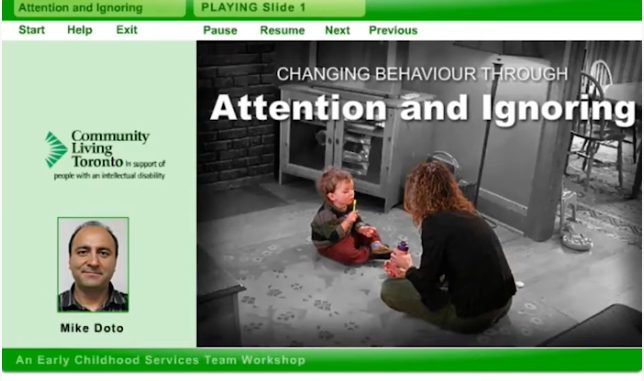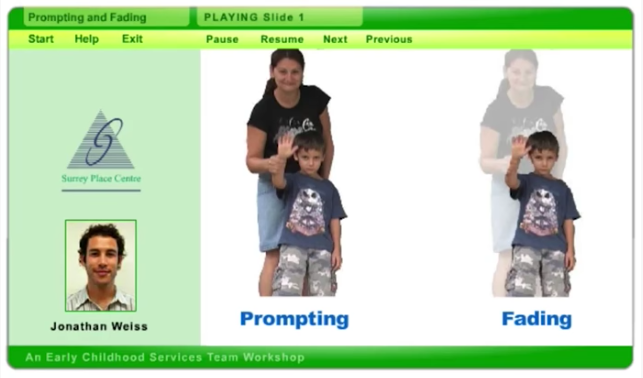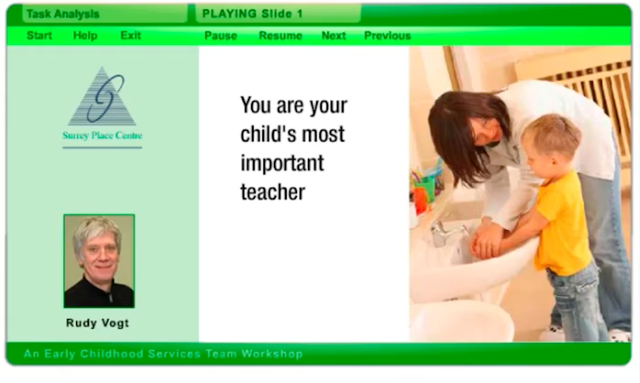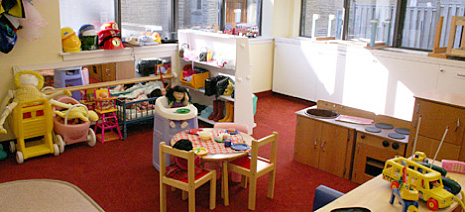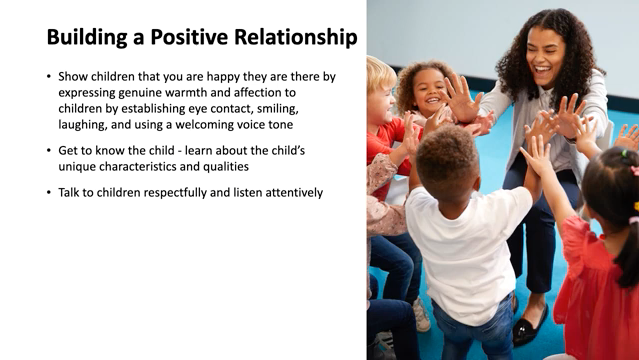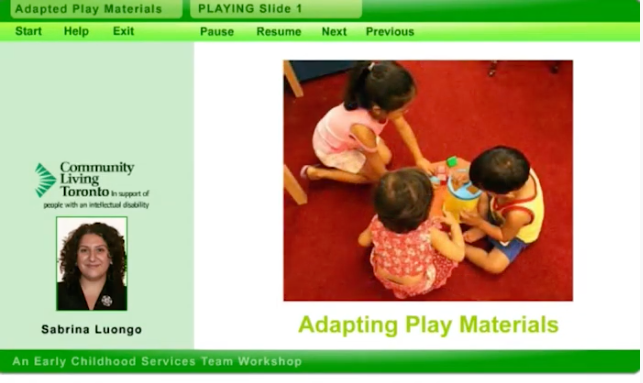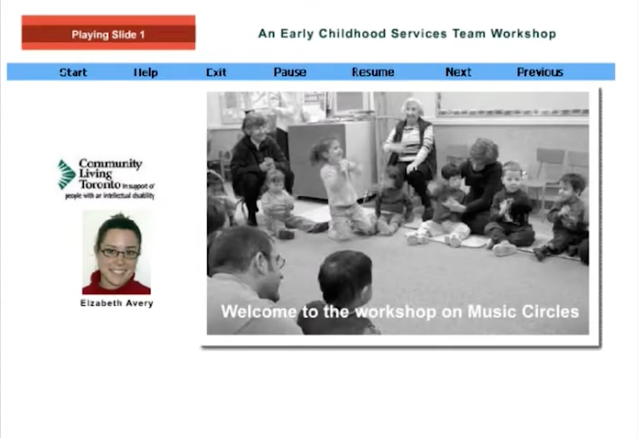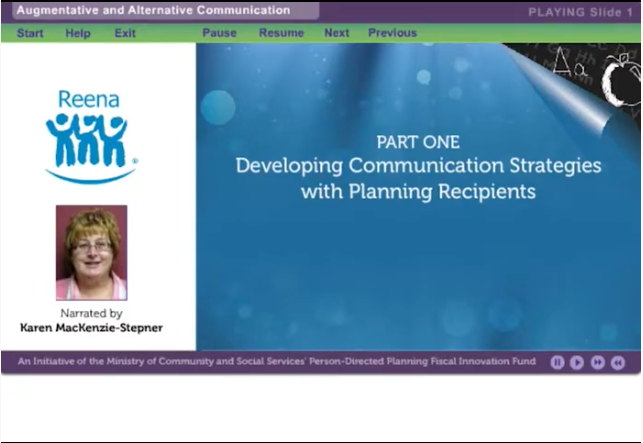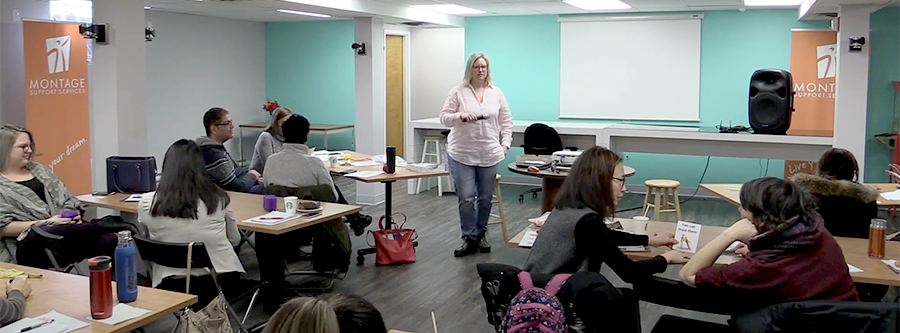
Shared Learning Forum

The Shared Learning Forum offers training and networking opportunities for staff working in the DS (Developmental Services) sector in Toronto. All agencies that provide services and supports to adults and their families are wecome to join the training.
Join our mailing list here: deanna.djos@cltoronto.ca
Past Training Events
- Life Skills and Independence Programs with Lumenus
- MyCommunityHub.ca
- Sex Education as Harm Reduction for Adults with Developmental Disabilities
- The SHIFT – Holistic and Intersectional Harm Reduction Services for People with Intellectual Disabilities
- Transition Planning for Youth with Intellectual Disabilities
- Respecting Rights with Arch Disability Law Centre
- Learn How Victim Services Toronto Supports Our Community
- Substance Abuse and IDD: A Harm Reduction Approach
- Sexual Assault, Consent and the Law
- A Conversation and Grief and Loss
- H.E.L.P. Framework for Pain and Distress
- DSO Housing Navigation 101
- Service Solutions: A collaborative planning process for adults with a developmental disability having complex needs
- Suicide and Suicide Ideation
- Empowering Your Sex-Esteem
- Laughter Yoga
- Evaluating Decision Making Rights for Persons Labelled with Intellectual Disability in Ontario
- Borderline Personality Disorder
- The Forensic Dual Diagnosis Specialty Service at CAMH
- Passport Funding
- L’Arche Toronto Trying it on for Size TIFFS
- Individualized Funding Library
- The Public Guardian and Trustee: Investigations
- Toronto Central LHIN Overview: Who We Are
- What is LIGHTS anyways
- DSO housing update
- Autism & 90-90-90: Reaching for the Goal
- Road to Relationship Game
- Collaborative Planning for Complex Individuals
- Fee For Service Opportunities within the DSTO
- Suicide
- Introduction to MCIT (Mobile Crisis Intervention Team)
- Clinical Planning in a Community Context: An Introduction to CAIR Program
- Newcomers and Disability
- Communication and Accessibility in the Community
- Ontario Review Board (ORB) and Community Treatment Orders (CTO)
- Mindfulness
- Supporting Seniors with a Developmental Disability – The Mary Centre Model
- Supporting Seniors with a Developmental Disability: Do Individuals with Intellectual Disabilities Age the Same as the General Population?
- Stress-related Health
- Community Treatment Orders: Yesterday, Today and Tomorrow
- Living with Autism Spectrum Disorder
- Understanding Person-Directed Planning
- Person Directed Planning
- Understanding Capacity, Competency & Consent 1: Introduction
- Understanding Capacity, Competency & Consent 2: Personal Care
- Understanding Capacity, Competency & Consent 3: Property
- How to Creatively Use Your Funding
- Exploring Creative Alternatives to Government Funded Programs
Connected Families Shared Learning
DS Information Fair (formerly DSTO Information Fair 2016)
Neurodevelopmental Disabilities
Let’s Talk: An Open Dialogue on Vulnerability in Toronto Series:
Through collaboration and coordination, the Community Network of Specialized Care works to build efficient and effective cross-sectorial specialized service systems that support people with a developmental disability and mental health challenges (dual diagnosis) and/or challenging behaviour.
Everybody’s Trauma: Supporting adults with intellectual disabilities who have experienced violence
Colleagues from the Violence Against Women and the Developmental Services sectors discuss the impact of violence on adults who are labeled with intellectual/developmental disabilities. Topics include: Healing Trauma Through Multi-Modial Therapy, Self-Regulation for Practitioner Resilience.
Transition Planning Training
A series of presentations for direct support professional’s to help meet the complex needs related to Transition Planning. Developed by The Toronto Networks of Specialized Care in partnership with the DSTO Shared Learning Forum and ConnectABILITY.
The Red Flags of Aging
Selected presentations from a daylong conference focusing on the concerns and support needs of people with a developmental disability who are aging. Held on June 28, 2012 in Toronto.
Aging with a Developmental Disability: Strategies for Support
A series of presentations and articles supporting aging. A partnership between Developmental Services and Seniors Services.
Professional Resources
Developmental Disabilities Justice Toolkit
Training videos, webinars, an online tool-kit and resources specifically designed for professionals working in the justice system (police, corrections, probation and parole officers, crown attorneys, youth justice staff, mental health court workers).
http://www.community-networks.ca/services/developmental-disabilities-justice-toolkit/
Care, Support and Treatment of People with a Developmental Disability and Challenging Behaviours
The Community Networks of Specialized Care in Ontario developed a set of Consensus Guidelines to help families, caregivers and agencies in the daily care, support and treatment of adults with both a developmental disability and challenging behaviours.
http://www.community-networks.ca/services/care-support-and-treatment/

